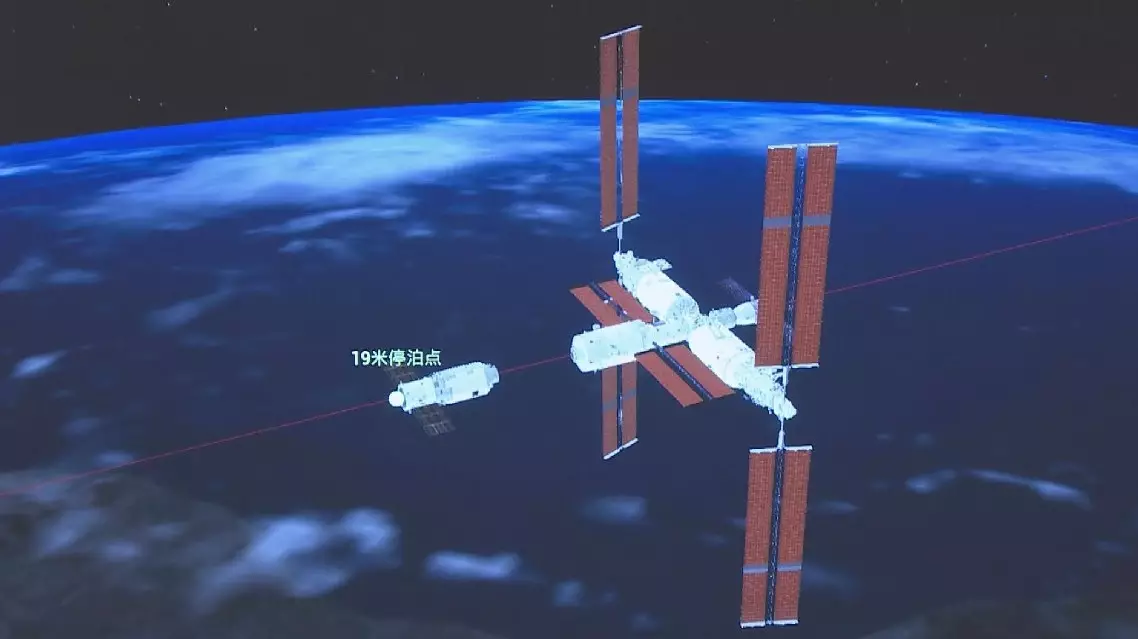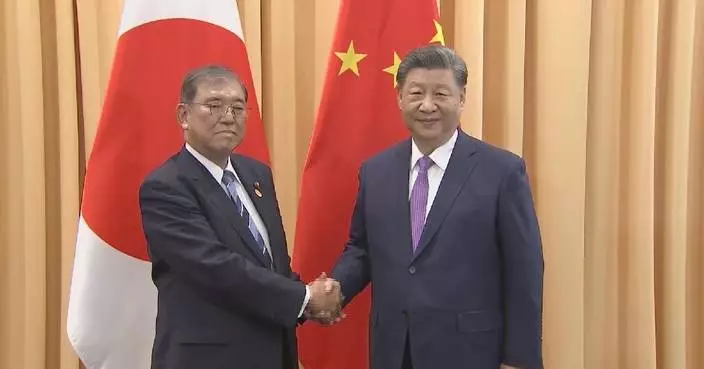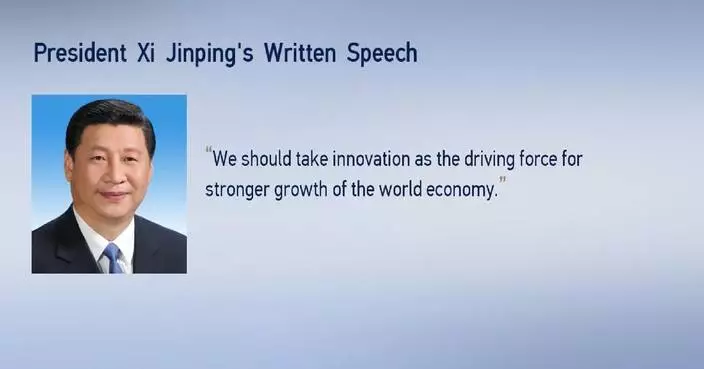China's investment in the Chancay Megaport in Peru demonstrates its confidence in the South American country's economy and entrepreneurial prowess, said a Peruvian businesswoman.
The inauguration ceremony of Chancay Port, located just 80 kilometers north of Lima, was held on Nov 14 local time. The first phase of the megaport is expected to cut shipping time nearly in half between the Chinese and South American markets while lowering logistics costs by some 20 percent.
Ysabel Zea is a co-founder of Warmpaca, a company that specializes in handmade dolls and accessories made of alpaca wool, which have gained popularity among Chinese consumers. She said the China-built port will allow her to deliver products across the Pacific at more affordable prices.
"Our products are hand-made in Peru. We are in a partnership between two Peruvian and two Chinese girls. We got together eight years ago and decided to sell these kind of products. We have two ways of shipping our products: by sea or by air. By air, obviously, is much faster, but it's very expensive. And by ship, at the moment, it takes around 60 days, the transit time. So it's a lot. But now, with the new port of Chancay, this is going to help us so much in reducing our transit time and, obviously, the expense for the freight cost. So, we're thrilled and very excited that the Chinese government did this investment in Peru. I think China believes in us, believes in what we have, and in the goods we can offer your country. I only see a better future for both of us," said the Peruvian businesswoman.
The Chancay Port, a natural deep-water port, is expected to become a major gateway to the oceans and a key hub in the South Pacific, helping redistribute cargo from Latin American countries and further boosting their trade with Asia.

Peruvian entrepreneur applauds Chancay Port for cutting trade time, costs with China
China's cargo spacecraft Tianzhou-8 has successfully delivered supplies to the orbiting Tiangong space station.
The Long March-7 Y9 rocket carrying the spacecraft blasted off at 23:13 Beijing Time (1513 GMT) on Friday from the Wenchang Spacecraft Launch Site in the southern island province of Hainan.
After about 10 minutes, the Tianzhou-8 separated from the rocket and entered its designated orbit. Its solar panels then unfolded.
"Overcoming various unfavorable factors, our team has achieved complete success in this mission, reflecting our rich experience and the capabilities of the equipment, facilities and personnel of the launch site for all missions," said Zhang Nan, commander of the launch mission.
At 02:32 Beijing Time (18:32 GMT) on Saturday, about three hours after the launch, the Tianzhou-8 cargo craft autonomously docked at the rear docking port of the space station's core module Tianhe.
"Rendezvous and docking three hours after launch is faster, convenient and safer compared with other approaches. So it will be the main rendezvous approach for future cargo craft missions. The Tianzhou-8 has a much larger loading capacity than Tianzhou-7. It mainly transports some time-sensitive cargo that can provide strong technical support for the orbiting space station's scientific experiments," said Feng Yong from China Aerospace Science and Technology Corporation.
Friday's launch is the third cargo delivery mission since China's manned space program entered the space station's application and development stage.
The Tianzhou-8 spacecraft carried approximately six tons of supplies, including living necessities for astronauts, propellant, and 485 kilograms of scientific experiment materials.
Notably, the 'lunar soil brick', created by Chinese scientists to simulate the composition of lunar soil, is also aboard Tianzhou-8 for space exposure experiments aimed at confirming whether the 'brick' can be used to construct houses on the moon.
There is also a unique species -- fruit flies -- among the scientific experiment payloads carried by Tianzhou-8. They are expected to help complete the country's first space sub-magnetic-microgravity composite environment science experiment.
Afterwards, the Shenzhou-19 crew, which was sent into the space station on October 30, will enter the cargo craft and transfer the items as scheduled.

China’s Tianzhou-8 cargo craft successfully delivers supplies to space station










